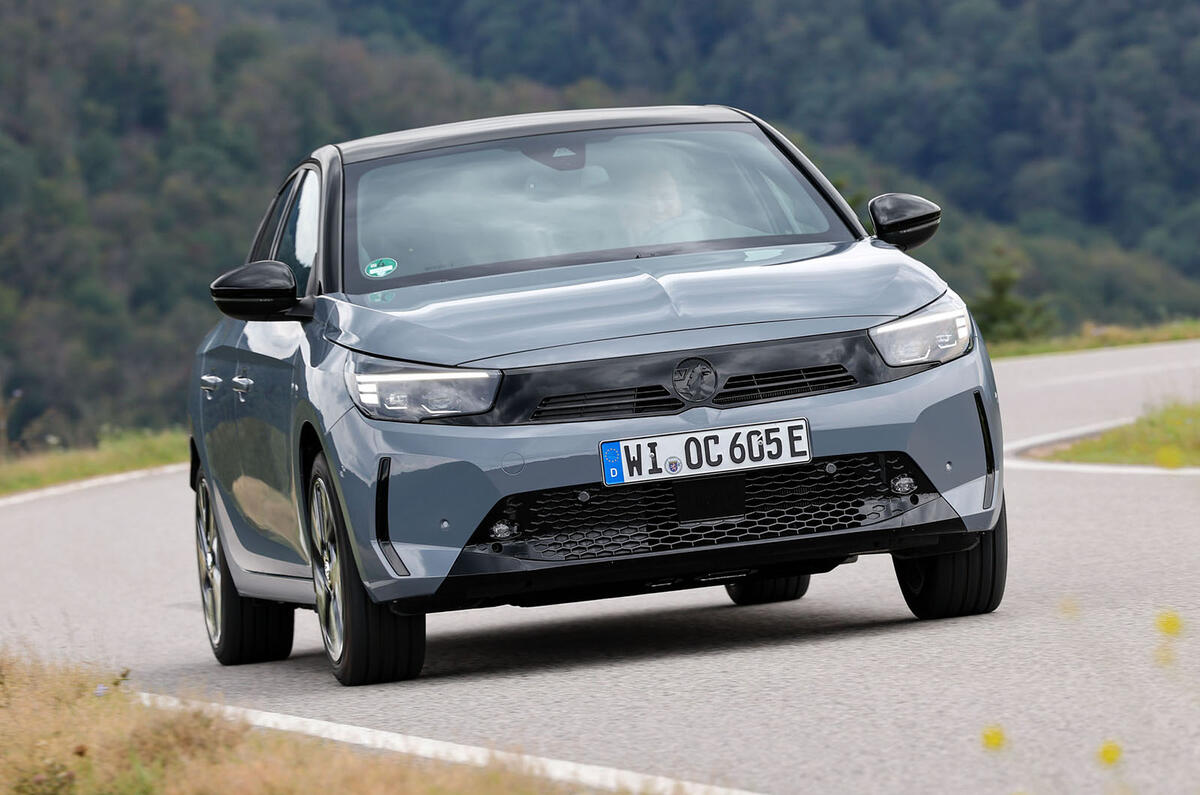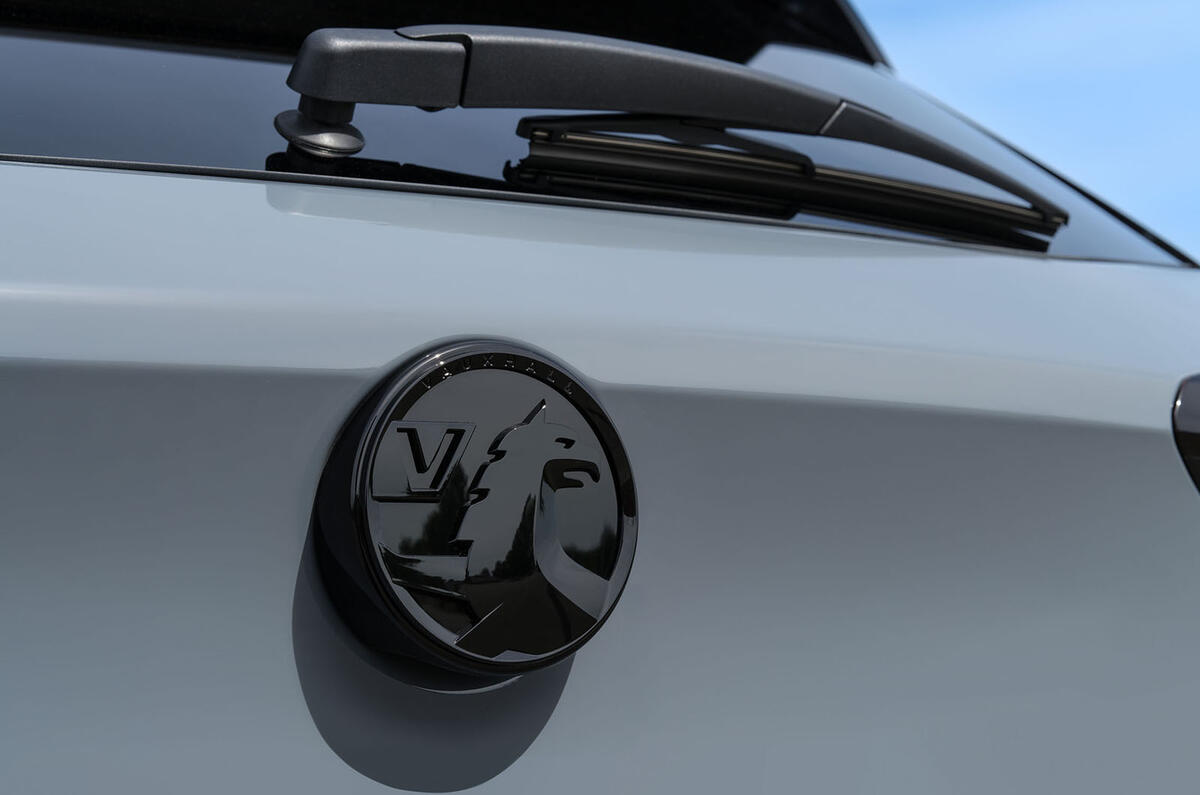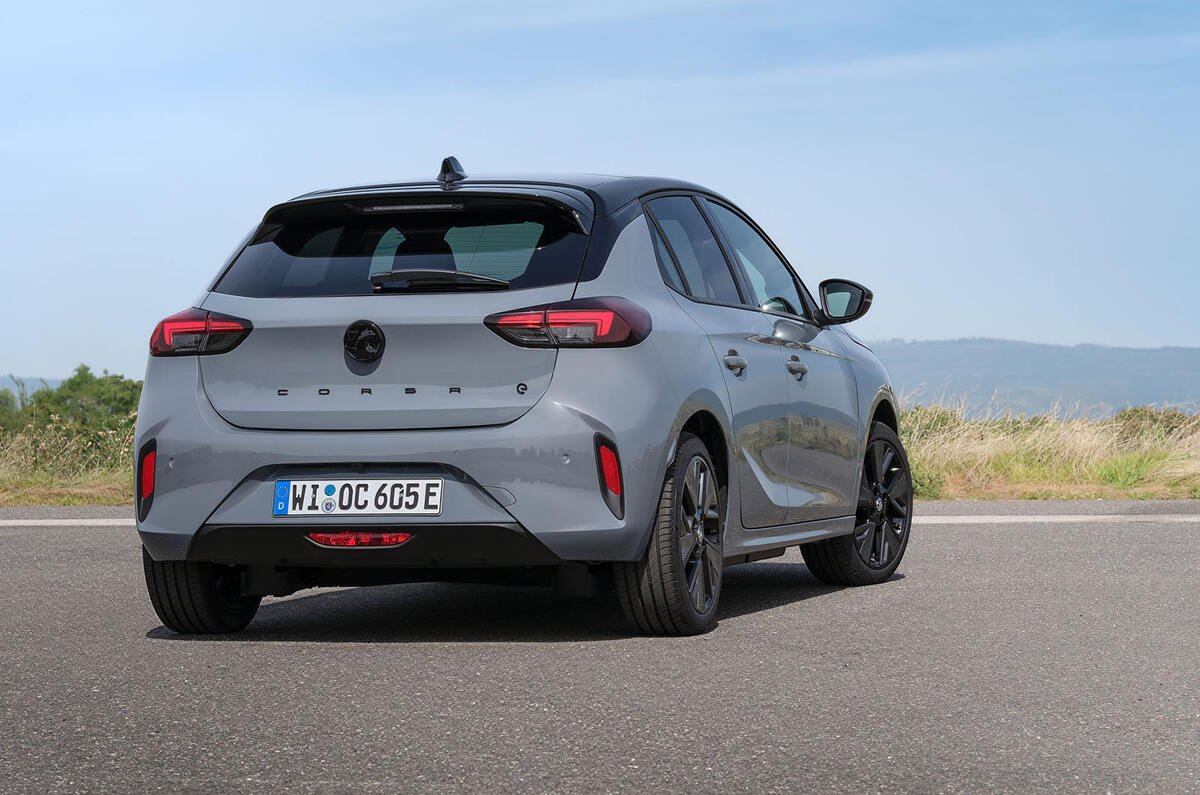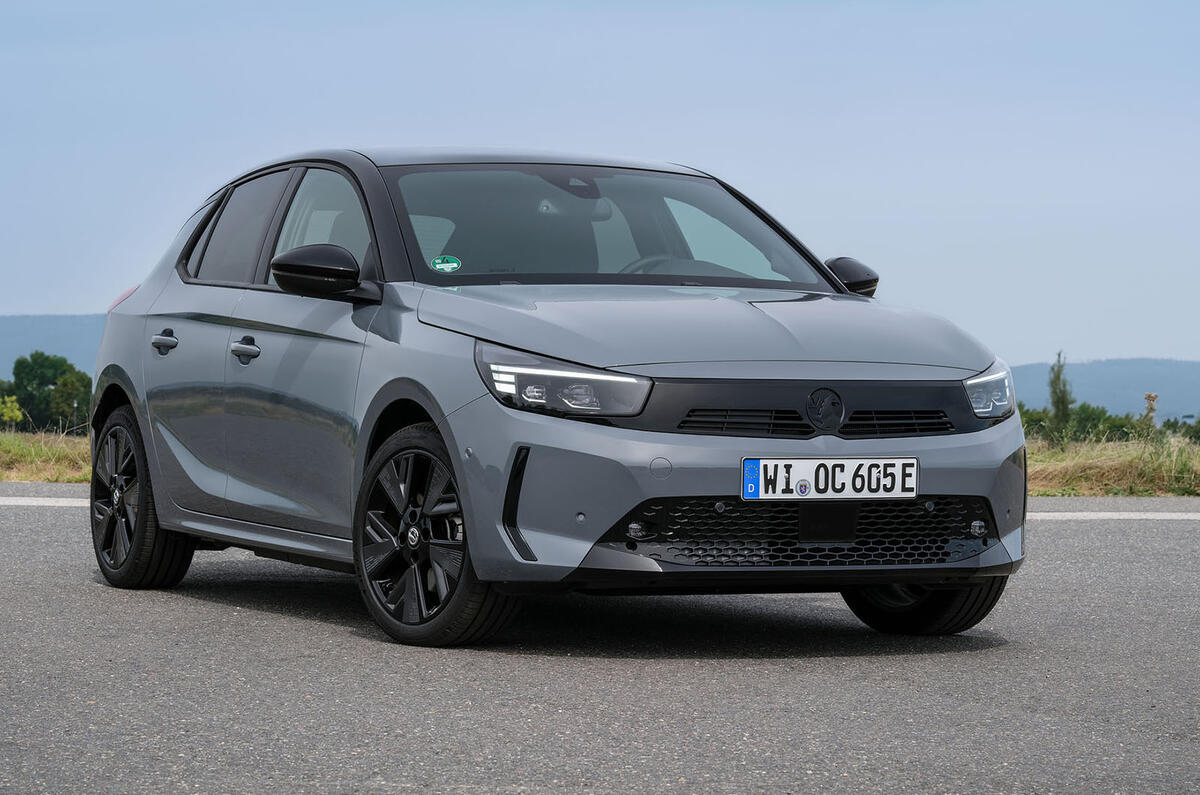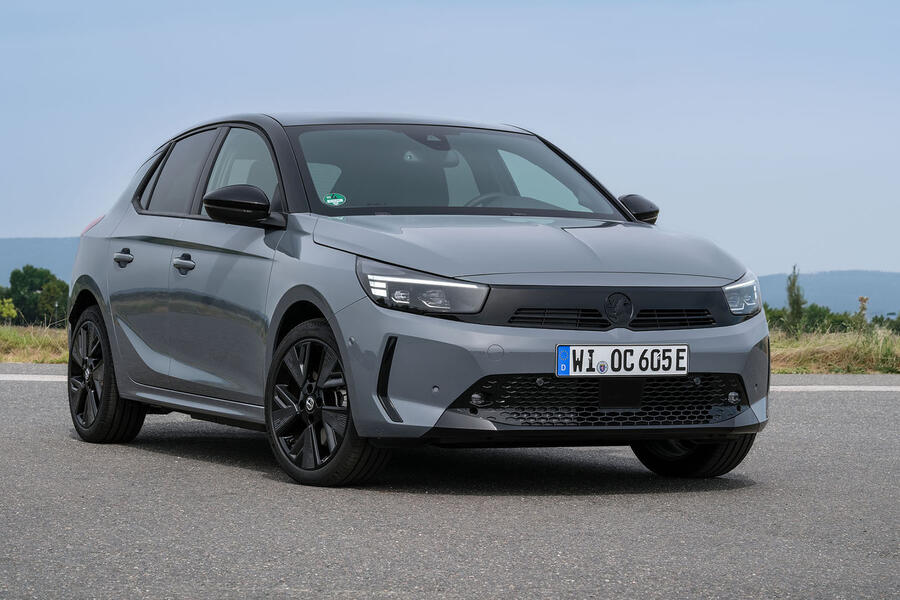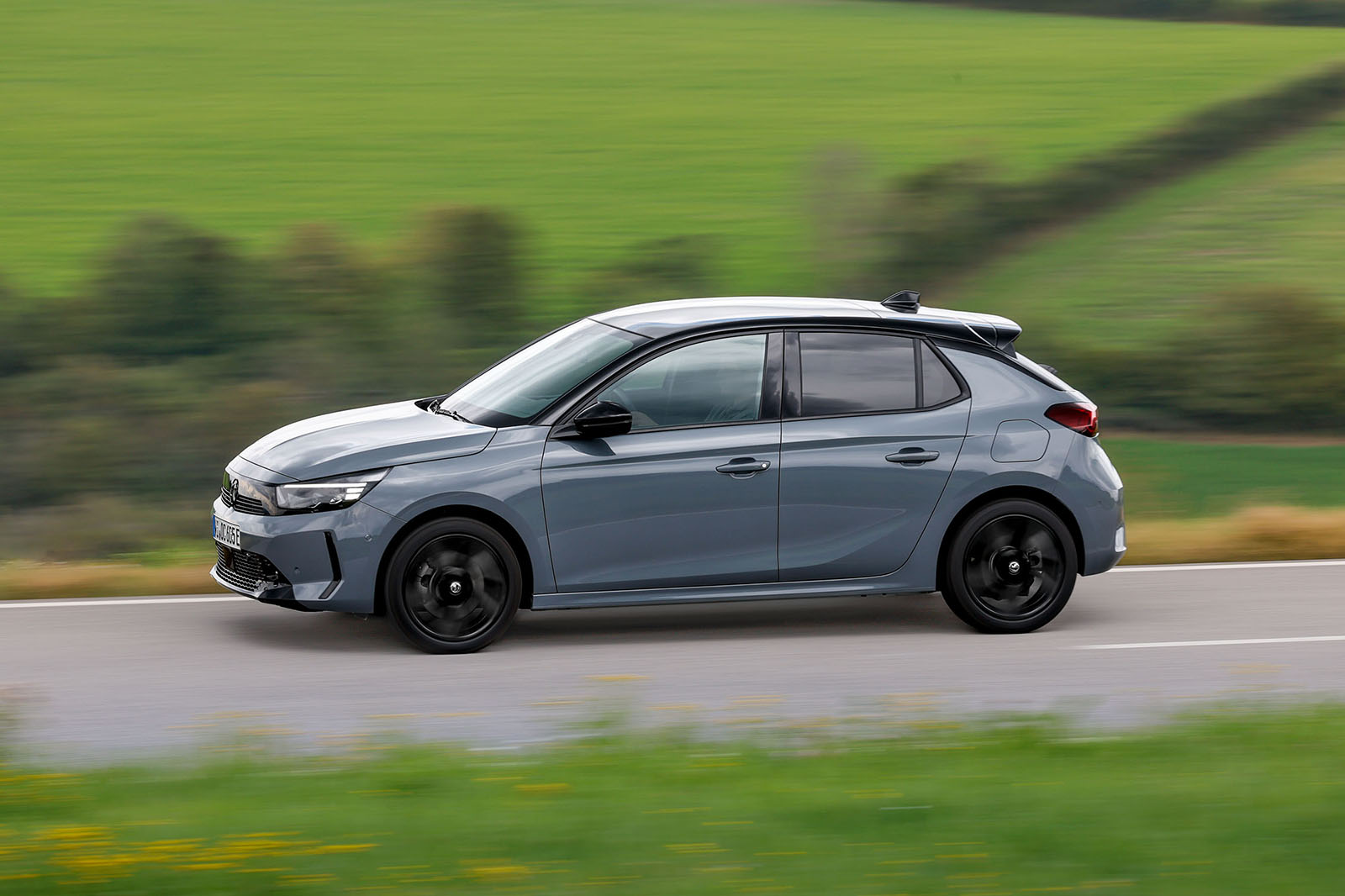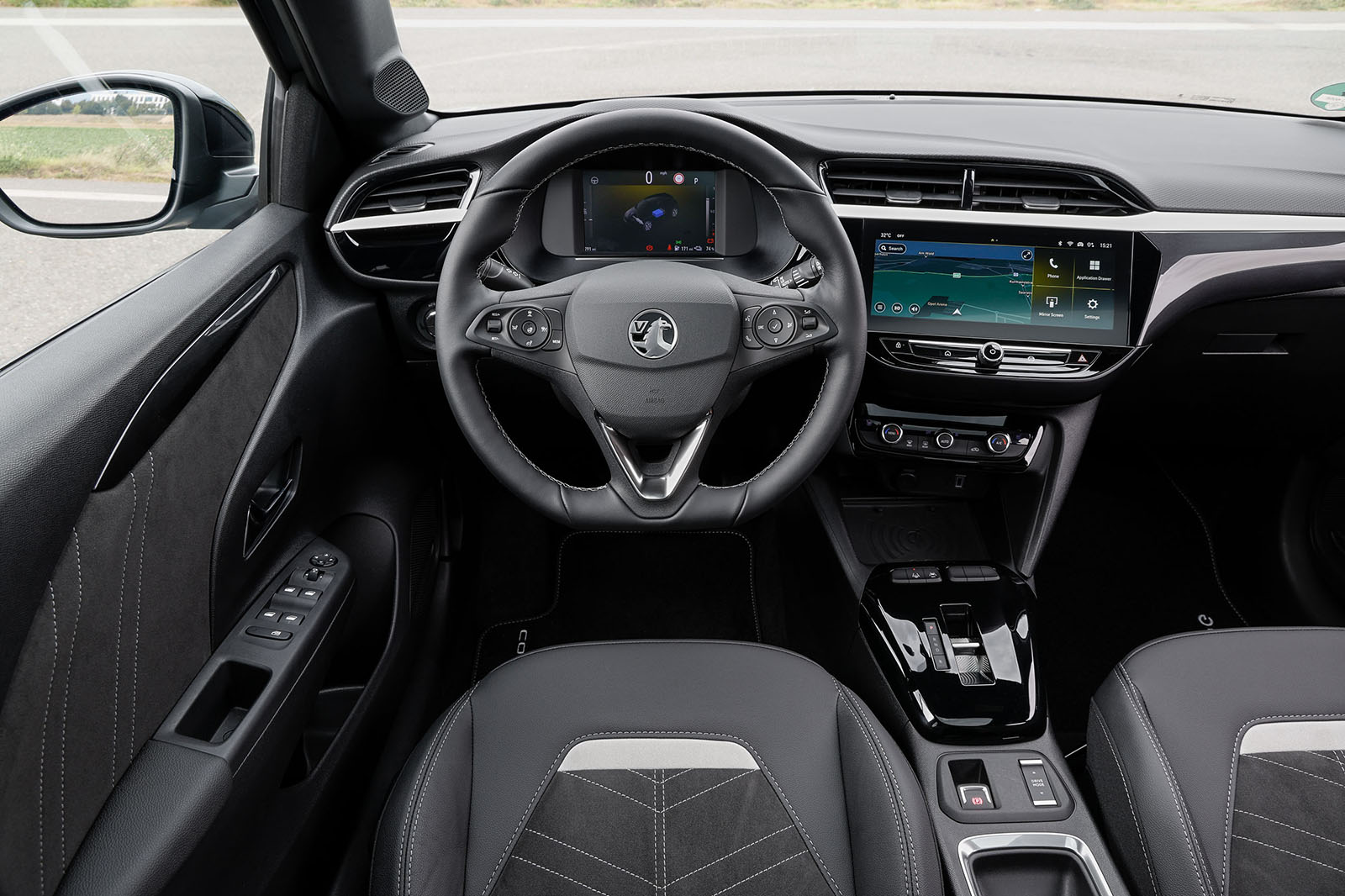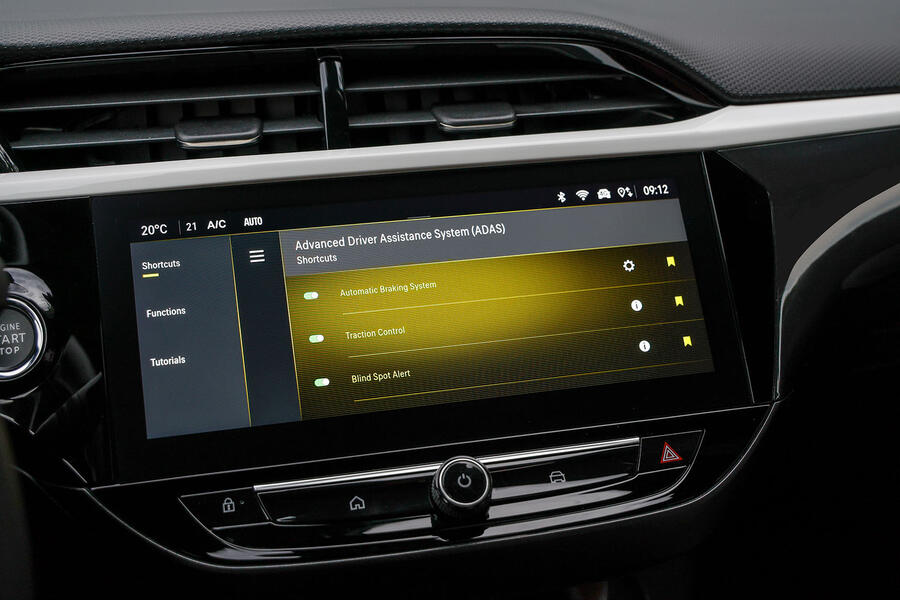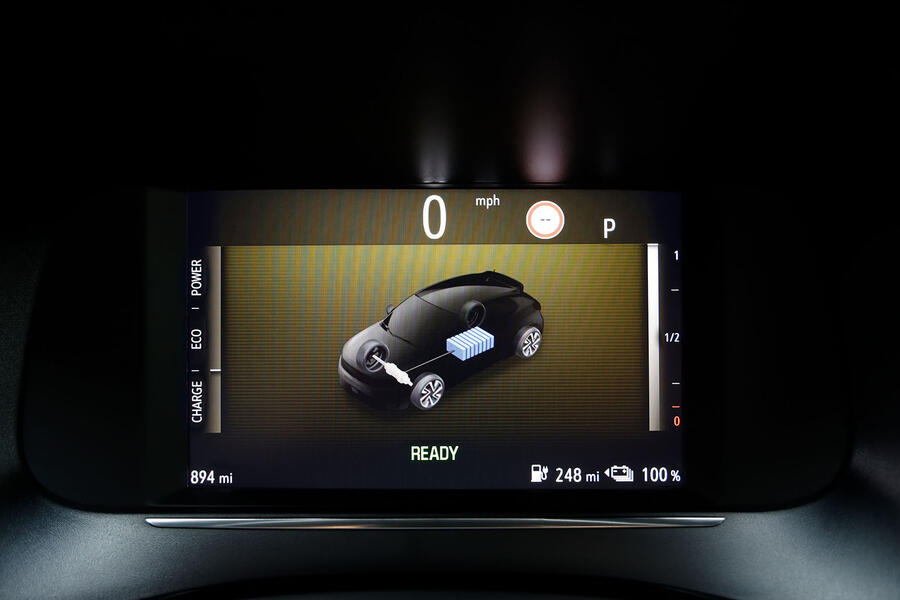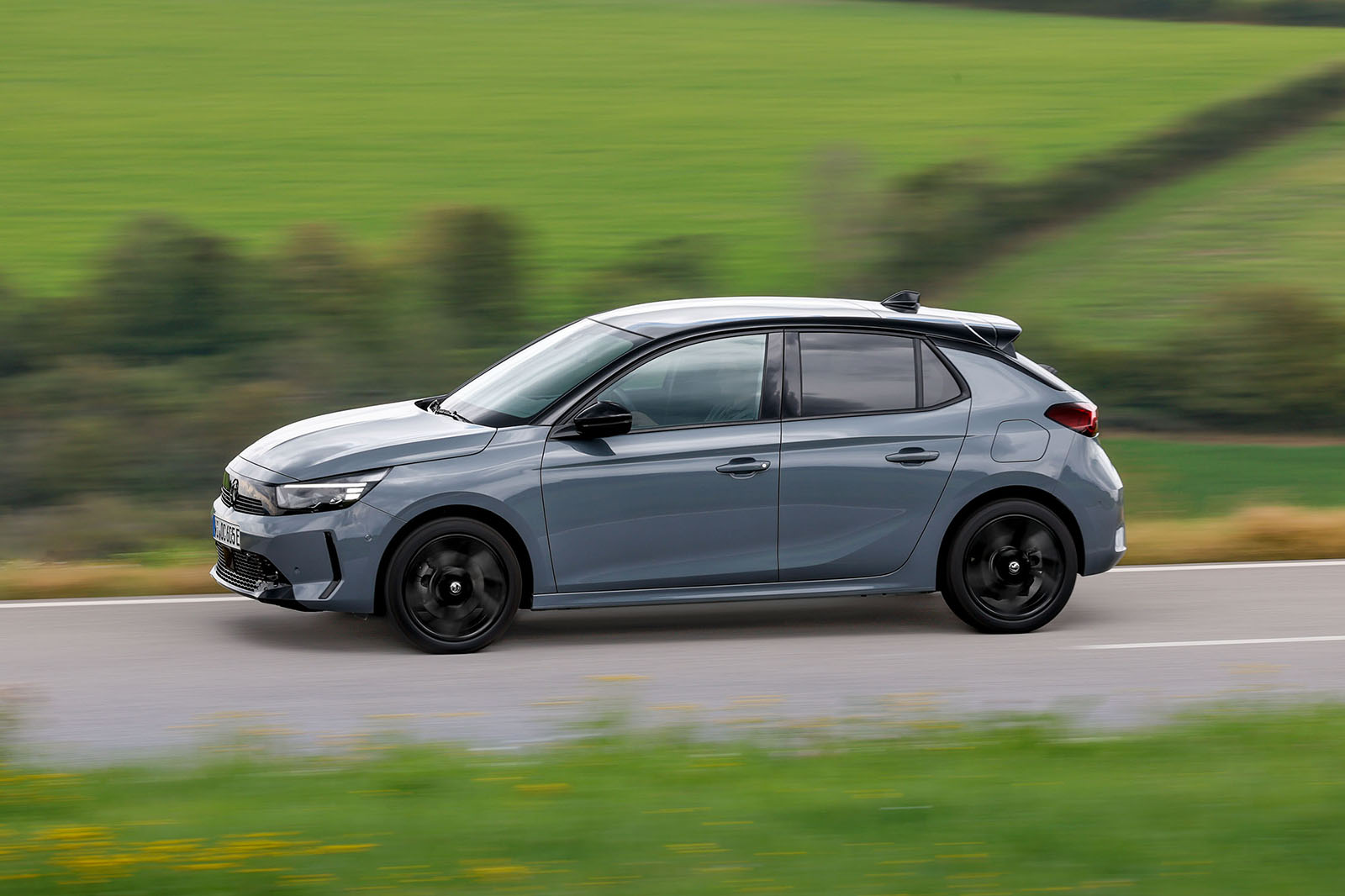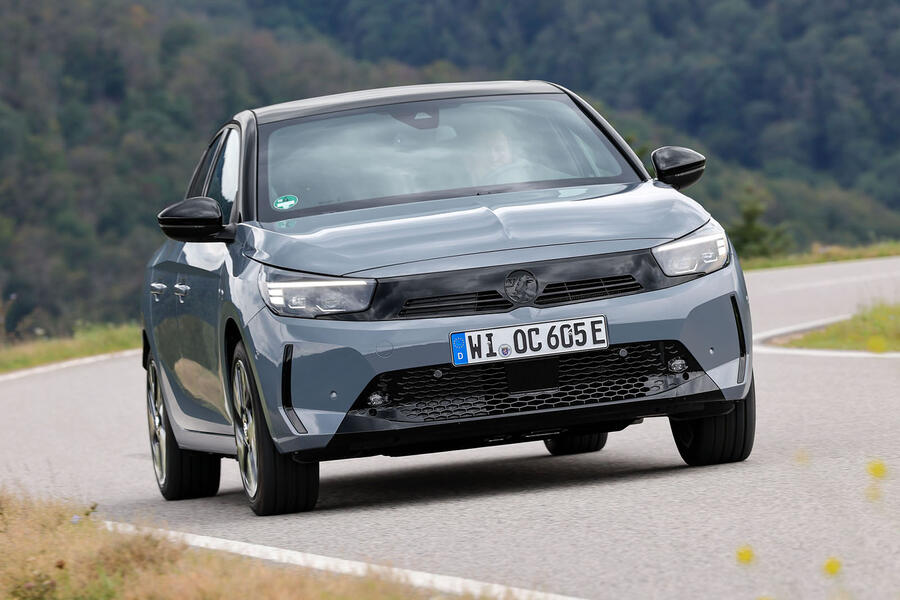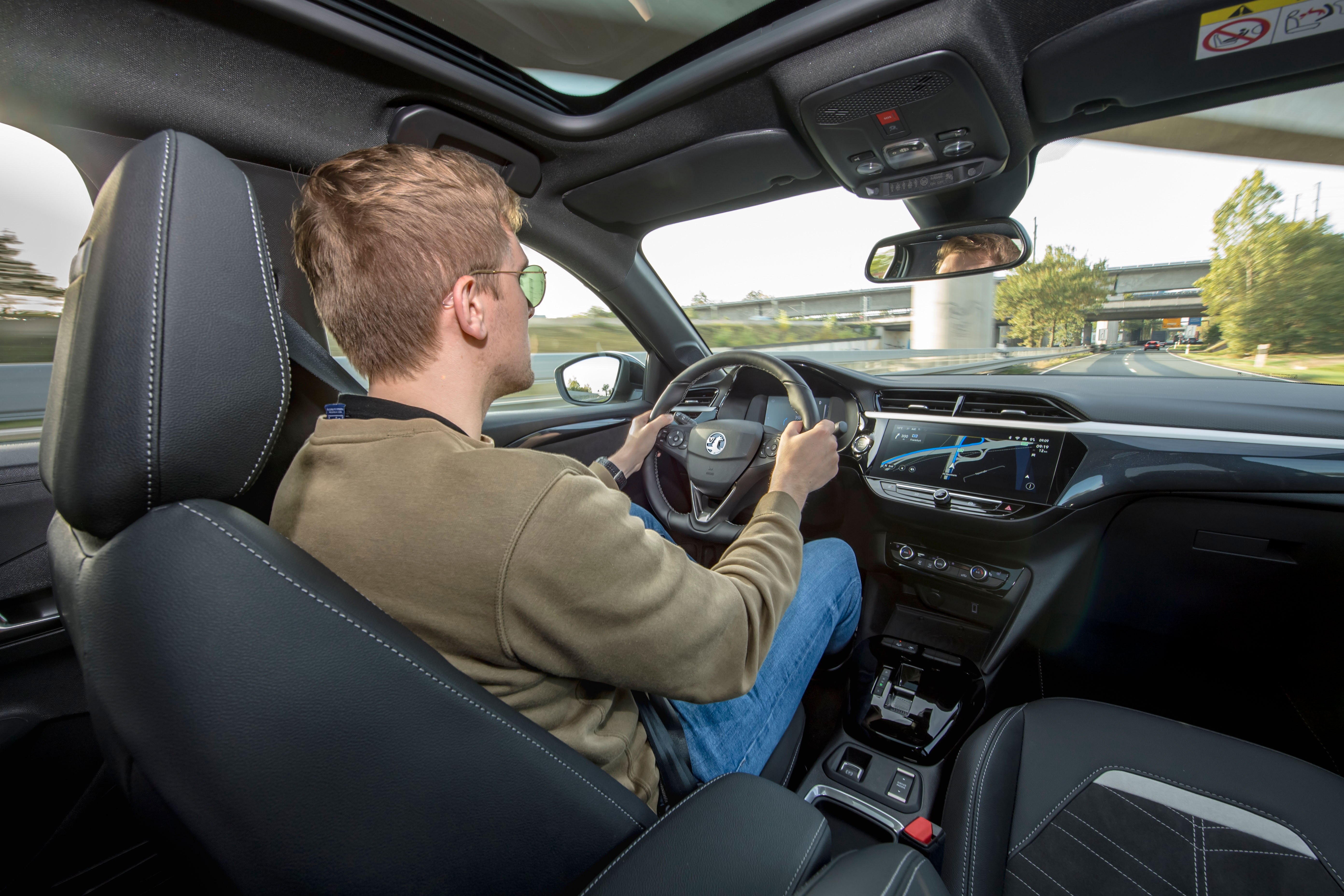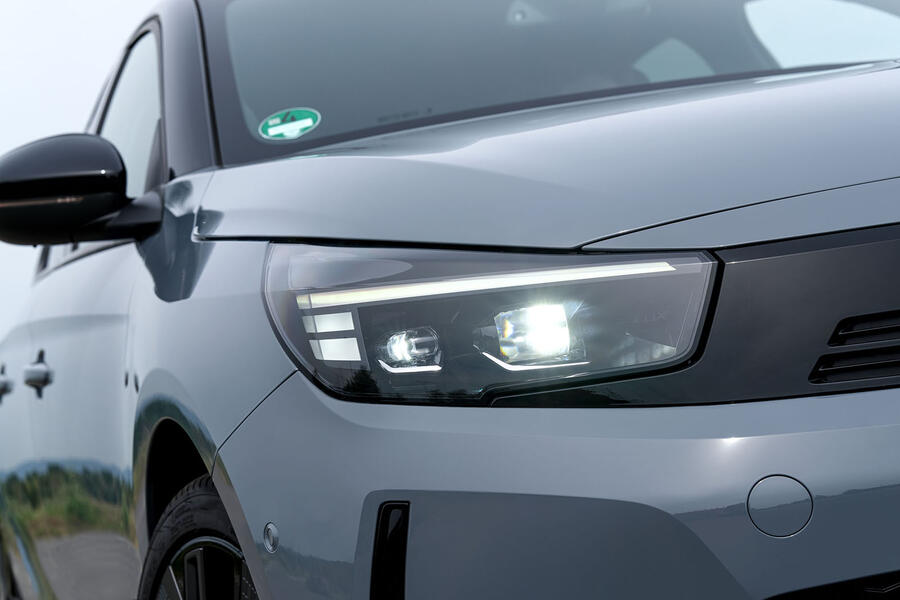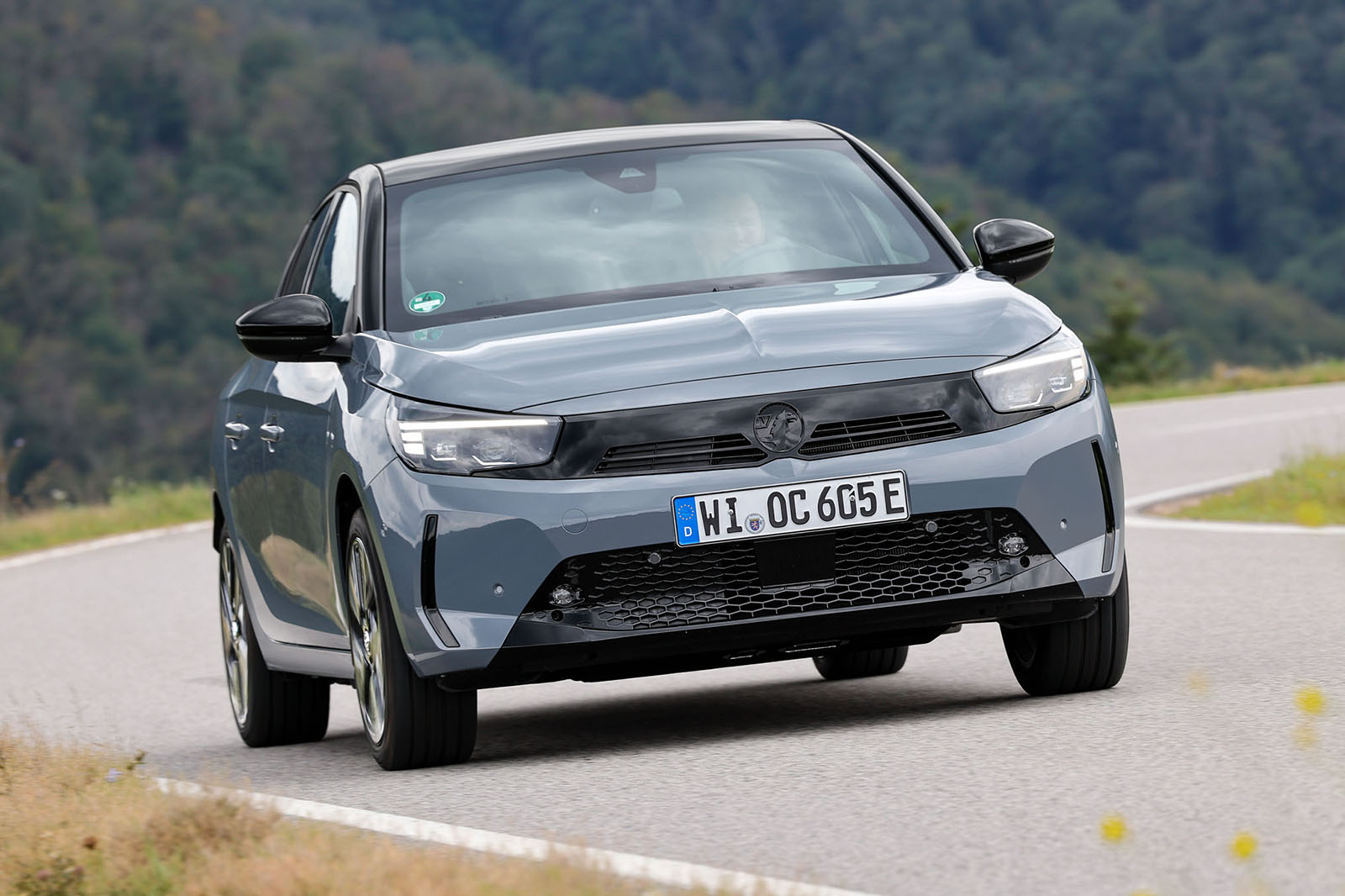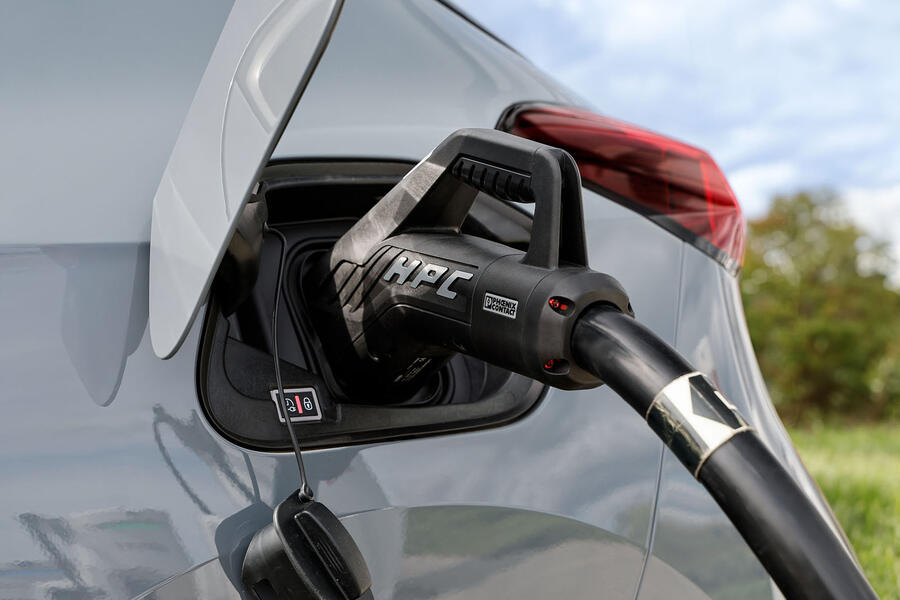This new face also makes the Corsa one of, if not the, best-looking supermini on sale in the UK, battling with the Peugeot 208 and Cupra Born for the title. Coupled with new LED lights (standard across the range) and some fresh ‘Corsa’ lettering at the rear, it really is remarkable the impact that not a lot of change has achieved. This update also brings with it the Graphite Grey colouring – something that will be rolled out across the rest of the line-up soon – which, against the black Vizor, is really rather nice.
Even before its facelift, the changes to the shape of this generation of the Corsa will be readily apparent to anyone familiar with the fifth-generation Corsa. Shorter at the kerb but notably lower of roofline (by nearly 50mm), the sixth-generation Corsa – first released in 2019 – is a car of smaller, less monocabby proportions than its predecessor, and also of crisper styling details.
At launch, much was made of the weight loss delivered by the new Corsa’s PSA Group (as it then was, pre-Stellantis merger) Common Module Platform, which takes the lightest petrol-engined examples below a tonne on unladen kerb weight. Not so surprisingly, the 50kWh and new, longer-ranged 51kWh drive batteries, along with the heavy control electronics of the Corsa Electric, prevent it from coming even close to such a mark. Claimed kerb weight for the electrified version is from 1469kg. That’s still lighter than both a Honda E and a Mazda MX-30, interestingly, but heavier than a Mini Electric.
Part of that weight can be explained by the fact that the Corsa Electric has a stiffer, more widely braced body structure than a regular Corsa supermini. Because its lithium ion battery is carried in a sideways ‘H’ arrangement under its front and rear seats and along its transmission tunnel, it also has a centre of gravity that's 57mm lower than the normal Corsa's, although lowering a car’s major masses even that much doesn’t always offset the addition of half a tonne of ballast.
Or, rather, batteries. The fact is, in now offering the new 51kWh of electricity storage, the Corsa Electric is one of the better-served cars in its class for electric range, rated as it is for up to 246 miles on the WLTP combined cycle.
The Corsa Electric 51kWh long-range models are powered by Stellantis’s new front-mounted, AC synchronous electric motor that produces 156bhp – first used on the Vauxhall Astra and also set to be fitted to the updated Peugeot e-208. For smaller-battery models, the previous car’s 134bhp motor remains. Both produce 92lb ft of torque. The front axle is made up of MacPherson struts, and the rear of a torsion beam and Panhard link (the latter helps to better locate the rear wheels under cornering load).
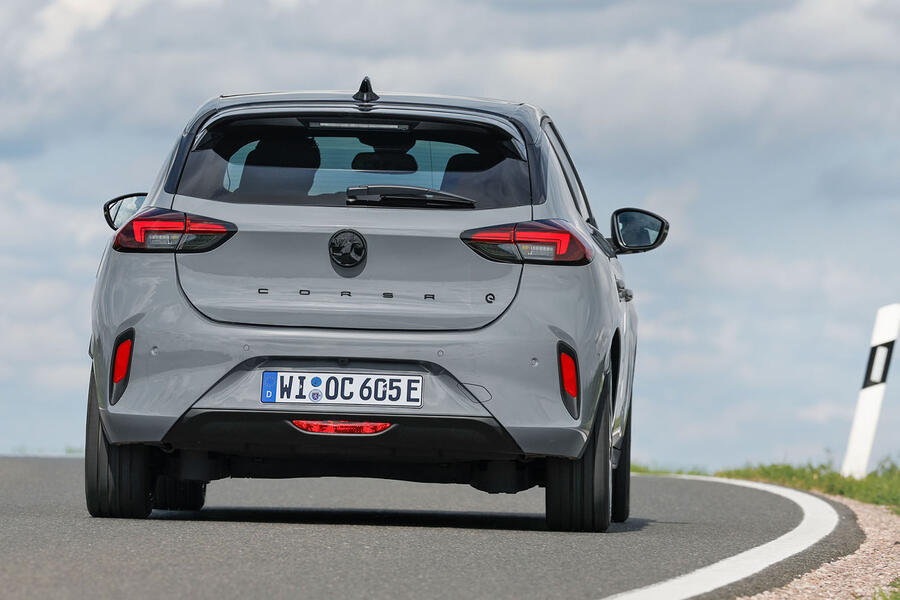
As part of the facelift, the model’s trim levels have been simplified from four to three. The Corsa Electric range is now offered with the new entry-level Design specification, which rises to GS and then tops out at Ultimate. Most cars get a 7.0in digital instrument display and 10.0in infotainment screen – the Electric’s Design trim drops the 10.0in screen for a 7.0in; the petrol’s Design spec uses a 3.5in digital display. The car gets 17in alloy wheels on all but Design, and heated sports seats, a reversing camera and tinted windows are among the equipment lures of top-level trim. Vauxhall’s adaptive matrix LED headlights are standard across the range.


